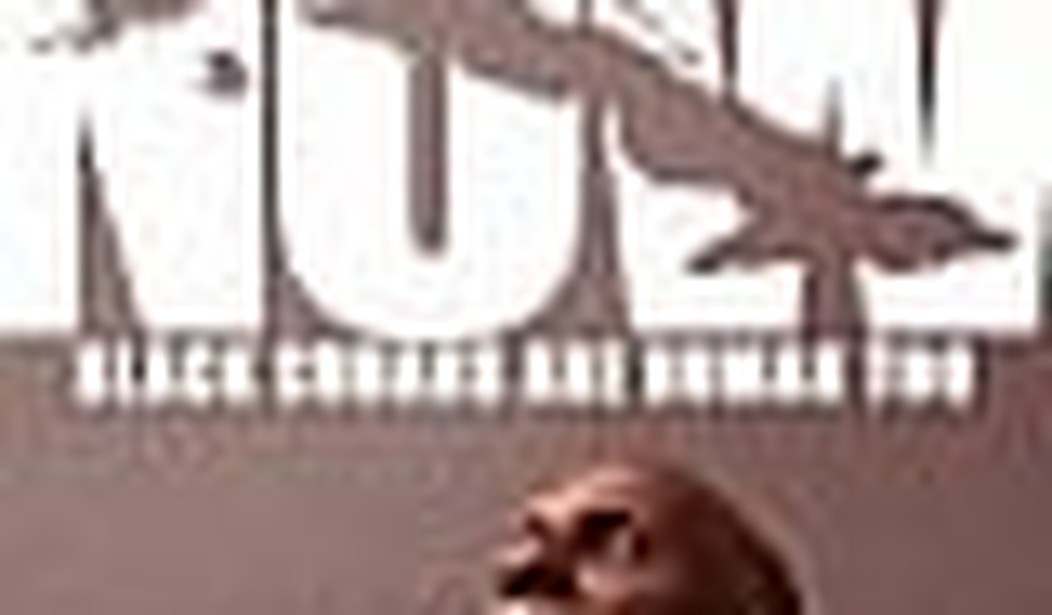Most Americans are blissfully unaware of the tropical gulag that exists just 90 miles from the United States in Castro’s Cuba. The U.S. has been so generous in responding to human tragedies such as the devastating earthquake in Haiti. And yet, so many Americans have no idea that a struggle for basic human rights has been taking place in a country that neighbors Haiti so closely. President Bush made it a point of his foreign policy to attempt to call attention to the reality of the dictatorship in Cuba. President Obama, though claiming to espouse different tactics, has also called for changes to Cuba’s totalitarian system. So if the power of the president truly is the power to influence, how can it be that nobody seems to know the names of Cuba’s political prisoners and dissidents?
I’m 40 years old, which means I grew up during the 1980s when the world’s attention seemed to coalesce around South Africa and that country’s despicable policy of apartheid. It’s been years since apartheid officially ended and Nelson Mandela left office as president, but the anti-apartheid movement remains indelibly etched in the American consciousness. In fact, a recent Hollywood movie, Invictus, highlighted South Africa at the end of the apartheid era. So why is it that nobody seems to know who the Cuban Mandela is? Why is it that when it comes to Cuba everyone’s answer is to remove sanctions against that country’s corrupt regime instead of isolating it and showing solidarity to Cuba’s people?
The answer, of course, is that Cuba’s dictatorship is one of the left and the tastemakers in New York and Hollywood would rather pal around with Fidel and Raul Castro than say they won’t play Cuba’s equivalent of Sun City.
March 18 marks the seventh anniversary of what has become known as the “Black Spring” to the select few that seem to care about Cuba transitioning to a democratic state. In 2003, Castro’s thugs arrested 75 dissidents, independent librarians, and independent journalists in the biggest crackdown on independent thought on the island in years. Most were sentenced to lengthy prison terms after being found guilty in show trials that would have made Stalin proud. Today, the majority of the 75 still remain in prison, though one was recently freed in the metaphorical sense.
Orlando Zapata Tamayo was arrested on March 20, 2003, because he had the gall to stage a hunger strike against the Cuban government in an attempt to create space for civil society on the island. He was sentenced to 36 years in prison though he didn’t get to serve a quarter of that. Amnesty International recognized Zapata as one of Cuba’s 71 prisoners of conscience. In December 2009, Zapata began another hunger strike in prison to protest his treatment and that of his fellow prisoners. He died on February 23 of this year. Zapata’s death, unlike any event in recent history, has stirred up the debate about Cuba and what it is and what it isn’t. An online petition denouncing the death of Zapata is gaining traction.
But Zapata wasn’t alone in his quest for peaceful change in Cuba. There are others worthy of our collective attention. One of them is Dr. Oscar Elias Biscet, another Amnesty International prisoner of conscience. During that same spring Biscet was sentenced to 25 years in prison. Biscet, a medical doctor, is black like Zapata. I mention this only because the Castroite myth is that among other things the Cuban revolution was fought to liberate Cuba’s black population from oppression. So Biscet’s acts of dissent are magnified by his skin color. Not only is he guilty of failing to recognize the supposed legitimacy of the Castro brothers, but he’s an ungrateful “worthless ni**er” as well, a cardinal sin in the tropical gulag.
Another Afro-Cuban that Americans know nothing about despite the fact that news outlets like the Associated Press, CNN, and Reuters have bureaus in Cuba is Guillermo Fariñas. Fariñas is also currently engaged in a hunger strike in an attempt to bring attention to Cuba’s miserable human rights record. Apparently his story and that of Biscet and Tamayo are deemed unimportant by these media outlets. It’s hard to imagine Nelson Mandela staging a hunger strike with the international media refusing to cover it.
In his 2007 movie Sicko, Michael Moore repeated Castro’s talking points about the Cuban health care miracle. That same year another Afro-Cuban doctor risked his life to obtain hidden camera footage of Cuba’s real hospitals, not those reserved for tourists and government officials. Dr. Darsi Ferrer gathered this footage for John Stossel and ABC News, but the most damning evidence never made it onto ABC. You see, ABC also has a bureau in Havana and didn’t want to risk losing it by broadcasting, you know, the truth. Luckily a copy of the video had been made and was supplied to Fox News, which aired it. Today, Dr. Ferrer is also rotting in a Cuban prison.
In direct response to the “Black Spring,” the European Union enacted a series of weak sanctions against Cuba, sanctions that were subsequently dismantled and then repealed. Still, Cuba’s political prisons remain full and dissent is a punishable crime there.
It’s time for the world to take notice of the incredible suffering going on at the hands of the kleptocratic Castros. Regardless of our political leanings here at home, we should be able to call a dictatorship a dictatorship. It’s time for our liberal neighbors to wake up and smell the Cuban coffee. It’s time for the news media and Hollywood to start telling the truth about Cuba rather than enabling the dictatorship’s propaganda. It’s time for Americans to stop being accomplices to the most deadly dictatorship in the history of the Western hemisphere and instead be the champions of liberty we all believe ourselves to be. It’s time for Solidarity Now.









Join the conversation as a VIP Member